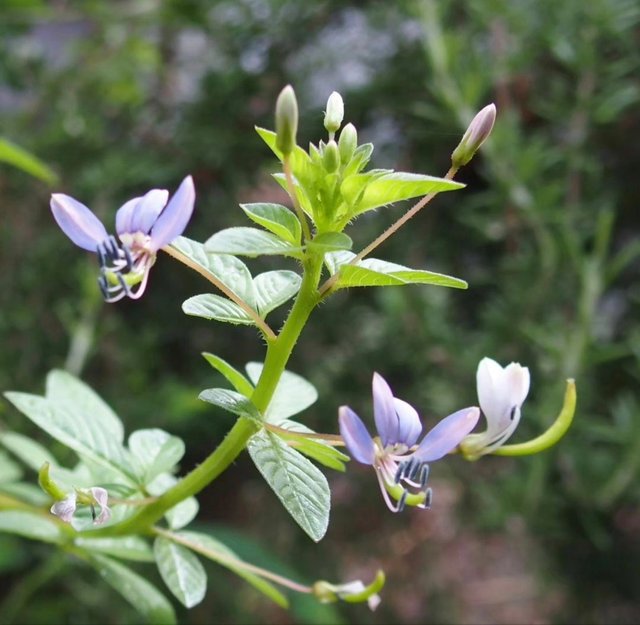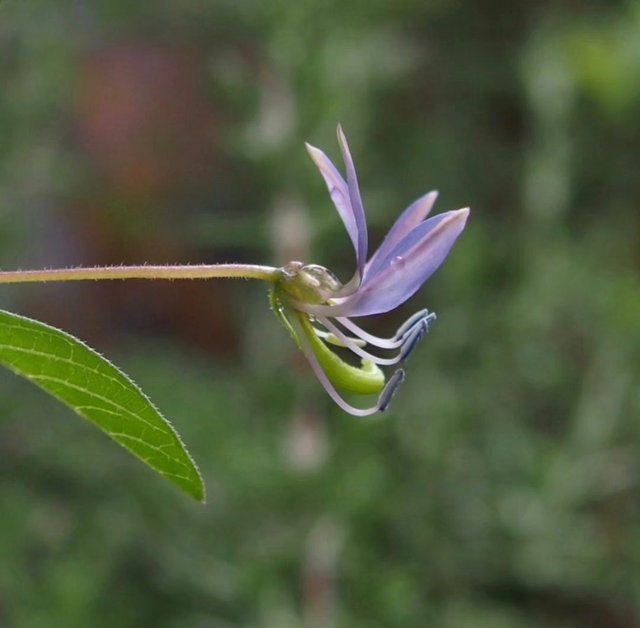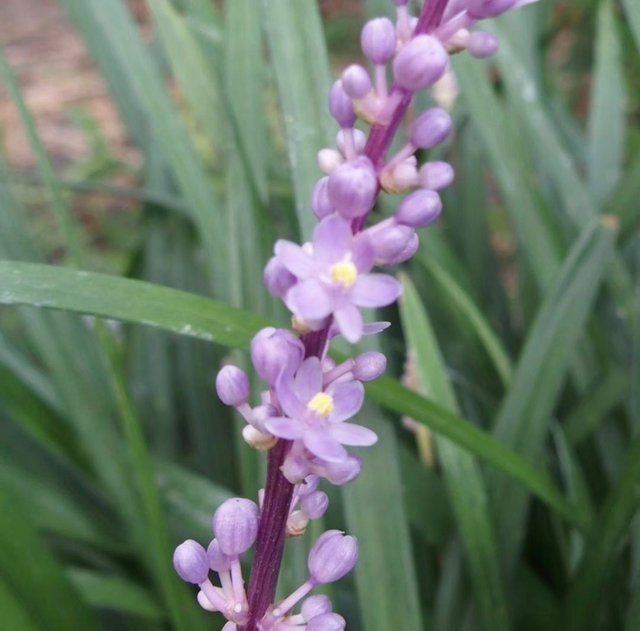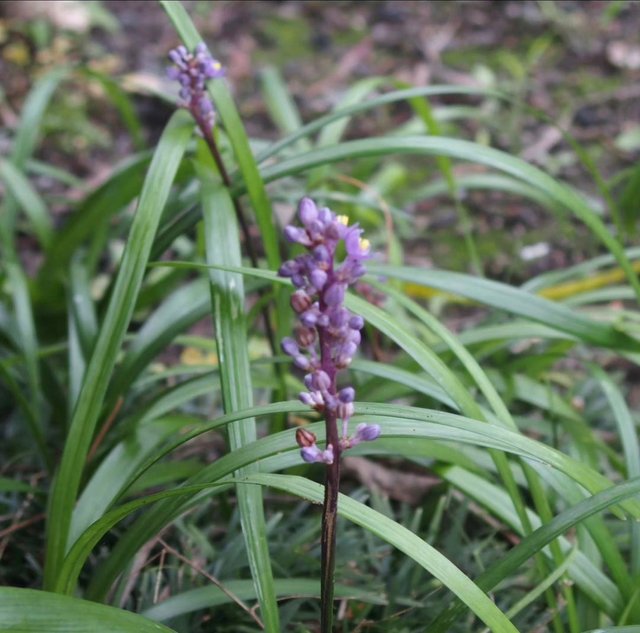



Cleome rutidosperma, commonly known as the Blue Cleome or Fringed Spider Flower, is a plant species that often goes unnoticed due to its modest size and unassuming appearance. However, upon closer inspection, it reveals a quiet beauty and resilience that is characteristic of many wildflowers. Native to tropical regions of Africa, Cleome rutidosperma has spread to various parts of the world, often thriving in disturbed soils where other plants might struggle to survive.
Cleome rutidosperma belongs to the Cleomaceae family, a group that is closely related to the Capparaceae family, which includes the well-known caper plant. This small, herbaceous annual typically grows to a height of about 15 to 50 centimeters. Its stems are thin and somewhat delicate, with a slightly woody base as the plant matures.The leaves of Cleome rutidosperma are trifoliate, meaning they consist of three leaflets. Each leaflet is lance-shaped with a pointed tip, measuring about 2 to 5 centimeters in length. The leaves are a rich green, with a slightly rough texture that hints at the plant’s ability to withstand harsh conditions. The plant’s root system is shallow but widespread, allowing it to absorb nutrients efficiently from the topsoil.
The true beauty of Cleome rutidosperma lies in its flowers. Small but striking, the flowers are usually a delicate shade of blue or purple, although variations can occur. Each flower consists of four petals, arranged in a cross-like pattern. The petals are narrow and slightly curved, giving the flower a fringed appearance, which is where the common name “Fringed Spider Flower” originates.The flowers are borne on thin stalks that rise above the foliage, making them appear as though they are floating in the air. Each flower measures about 1 to 2 centimeters in diameter, and while they may be small, their vibrant color often attracts the attention of pollinators such as bees and butterflies.
One of the most intriguing aspects of Cleome rutidosperma’s flowers is their mechanism for pollination. The plant exhibits a unique floral arrangement where the stamens (male reproductive organs) extend well beyond the petals. This positioning increases the likelihood of contact with visiting insects, ensuring successful pollination. The flower’s stigma (female reproductive organ) is also strategically placed to maximize the chances of cross-pollination.
Gracias

"Wow, what a stunning plant! 😍 The Blue Cleome or Fringed Spider Flower is truly a hidden gem in the world of wildflowers. I love how you've shared its unique characteristics and pollination mechanism, making it feel like we're discovering it together. 🌱👀 Your photos are gorgeous too! 👏 Can't wait to learn more about this fascinating plant from you and the Steem community. 💡 Have any other botanical enthusiasts or photographers in the community want to share their experiences with us? Let's chat! 💬 And don't forget to support our amazing witness, @xpilar.witness, by voting here: https://steemitwallet.com/~witnesses"
Downvoting a post can decrease pending rewards and make it less visible. Common reasons:
Submit